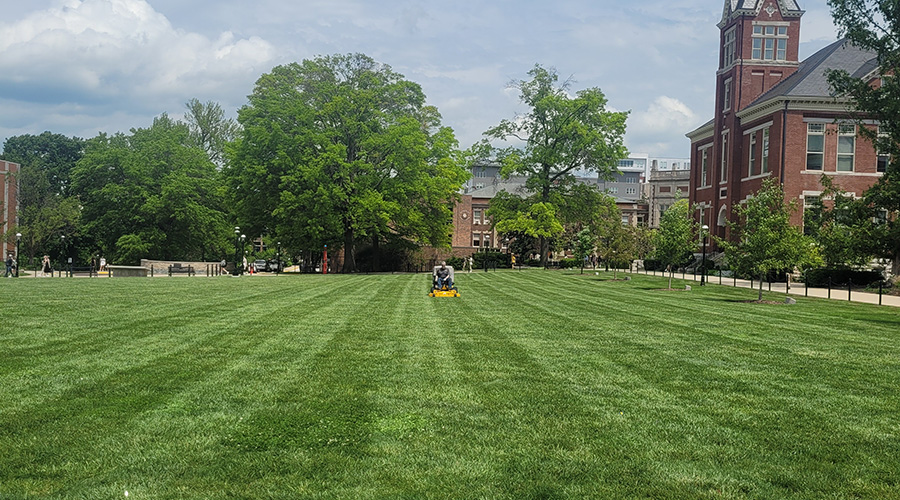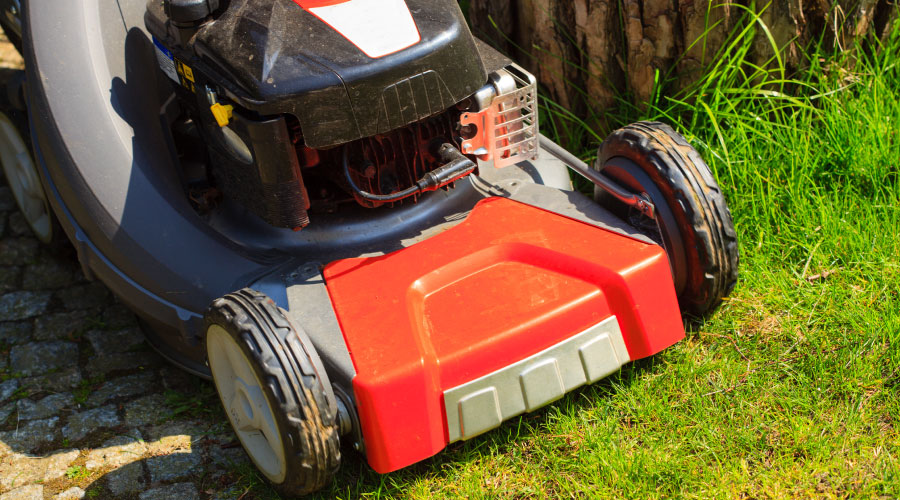Factors to Consider When Purchasing New Vehicle
Choosing the most appropriate replacement utility vehicle requires a great deal of due diligence from managers. First, they must evaluate whether a model similar in capabilities and cost to the previous unit is available. Depending on the age of the vehicle being replaced, the same model might not be available.
As technology advances, vehicle capabilities become more sophisticated, and these new features tend to drive up the price. New technology also might necessitate additional training for equipment operators and mechanics, which can lead to more equipment downtime.
While new vehicles might cost more, managers should take into account the savings generated by both decreasing repairs and increasing efficiency. Many of today's utility vehicles are more versatile and flexible than their predecessors. Workers can use them for multiple functions and in multiple locations.
Some vehicles are even designed to accommodate attachments from other manufacturers, which can alleviate the concerns of replacing existing attachments purchased for an older vehicle. Versatility also might enable one new vehicle to perform the operations of one or more existing vehicles, which can eliminate the substantial costs associated with vehicle maintenance, repair and replacement.
Technology also has improved the efficiency of new-generation utility vehicles. Many vehicles can use alternative fuel sources that reduce operating costs. Electricity-powered models can reduce operating and maintenance costs by nearly one-half, according to reports, and some managers prefer them over gasoline or diesel engines in locations where noise and pollution are concerns. Alternative-fuel vehicles also can alleviate safety concerns, since their maximum speeds are typically 25 mph.
While advances in technology and new capabilities can deliver advantages in cost and efficiency, new vehicles can intimidate users who have grown accustomed to an existing vehicle. When choosing a new vehicle, managers should keep the habits of their workers in mind because cutting-edge capabilities are worthless if workers do not use them. Some employees might be reluctant to use advanced features and might even create manual, cumbersome solutions not involving a new vehicle to perform tasks, which can sap productivity.
New vehicles also might come with a warranty, and if the existing vehicle had needed repairs over the years, it can save money, time, and hassles. An extended warranty that covers parts and workmanship can substantially reduce the cost of maintenance and repairs.
When done properly, evaluating data obtained from vehicle inspection, maintenance history, and research of new vehicles is a sound approach to help managers determine whether vehicle repair or replacement is the most cost-effective course of action.
Mike Fitzpatrick is vice president of U.S. Lawns, which has about 260 franchise locations nationwide. He has more than 30 years of experience in the green industry.
Related Topics:













